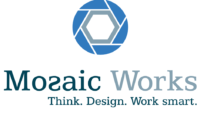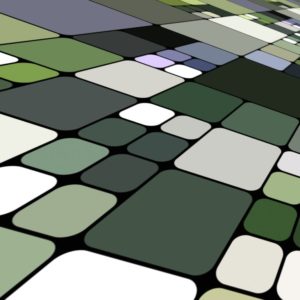Sandro Mancuso
Software Craftsman | Managing Director at Codurance
Sandro Mancuso, Software craftsman , author of Software Craftsmanship: Professionalism Pragmatism Pride and Founder of the London Software Craftsmanship Community (LSCC). Sandro has been coding since a very young age but just started his professional career in 1996. He has worked for startups, software houses, product companies, international consultancy companies, and investment banks. He coded in a variety of projects, with different languages and technologies, across many industries. He has spent countless hours tinkering with Java in an enterprise environment (JEE). With an extensive experience as a hands-on mentor, his main objective is to help developers become proficient software craftsmen. Sandro has a lot of experience in bringing the Software Craftsmanship ideology and Extreme Programming practices to organisations of all sizes. Sandro is…











